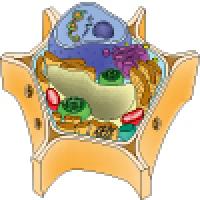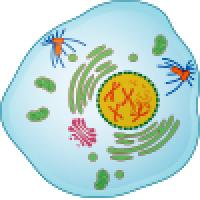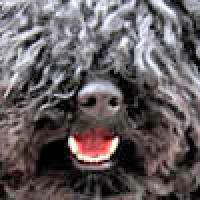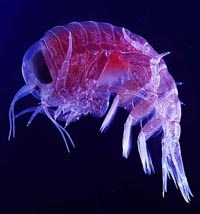This set of bits will teach you about the tiny world on which life depends:
the parts inside a cell.
 Karla Moeller
Karla Moeller
molecular instructions that guide how all living things develop and function
https://en.wikipedia.org/wiki/DNAThis set of bits will teach you about the tiny world on which life depends:
the parts inside a cell.
 Karla Moeller
Karla Moeller
This set of bits will teach you about the tiny pieces that you are made of: your very own cells.
 CJ Kazilek
CJ Kazilek

When a tumor grows in a human body, you'd think that the body would fight it every way possible. But our bodies build vessels that deliver blood to tumors, helping them to grow. Scientists are trying to figure out why this happens so they can stop our bodies from feeding tumors.
 Alexis Abboud
Alexis Abboud
With their tails wagging and noses sniffing, can dogs tell what we can't with our eyes? These scientist wanted to find out the answer.
 Stephanie Outlaw
Stephanie Outlaw
In the early 1950s biologists were searching for the answers to some of the most important science questions left unanswered. How is information stored inside living cells? Could there be only one way these instructions were packaged? If there is, what does it look like? How did it work? All of these questions were an important part of biology and many scientists were racing to find the answers.
Have you ever wondered what makes one animal different from another? Scientists conducted an experiment and found that food is one of the reasons chimpanzees and humans are so different.
 Samantha Hauserman
Samantha Hauserman
By Karla Moeller
Illustrated by Sabine Deviche
There is an old story told to this day about a land filled with colorful monsters. In this mysterious world lived a family of monsters with a brother and sister, Matt and Matilda. Matt and Matilda shared everything – their monster toys, their monster candy, and even their monster dolls and trucks.
Scientists are finding out that even though dogs look very different on the outside, what causes them to look that way is much similar than we thought.
 Emilio Galan
Emilio Galan
